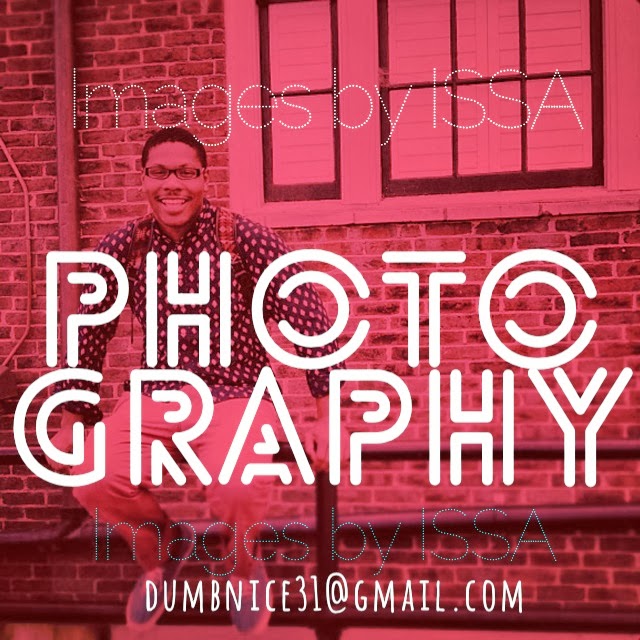By RoyalBeautyV
BeautyIntoxicated.com ©
RoyalBeautyV@gmail.com July, 2013
What do you do? Where do you start?
Being a Natural is one of the most liberating experiences of my life. It was the best decision I have EVER made for my hair. Three years ago I did the BC (big chop) and after a few years of sew-ins, my hair finally grew back to a length where I was ready to unleash my Natural fire!
Everywhere I go people of all cultural backgrounds compliment me on how beautiful my natural is. I love it and my love for it shines through. I get this question a dozen times a week…"How to do you Return to Natural?", well today I will give you "7 Quick Steps to Get Started" so print this article or take notes:)
Step 1: FALL IN LOVE WITH YOUR TEXTURE
That's the first thing I tell women. In order to start a successful natural journey, you must change your mindset about natural hair. Your journey doesn't have to be hard, stressful or discouraging, it should actually be simple and fun! Do not get overwhelmed because there is no right or wrong way to return to natural, the most important thing is that "you do it".
Term: Natural Hair is defined as hair texture that has NOT been altered or processed by perms/relaxers or chemical straighteners. Natural hair is your "God-given" texture.
Need to Know: Relaxers are a permanent process and cannot be stripped away. It can only be grown out and cut off. Don't relax out of frustration just understand that being a natural is a commitment.
Step 2: GET TO KNOW YOUR HAIR
You are a "one of a kind" individual. What works for your hair may not work for others. There isn't a "one size fits all" regimen but there are a few basic steps in natural hair care that you need to incorporate in your journey. When you get to know your hair it will tell you what it needs. Is it dry? Brittle? limp? breaking? fragile? shedding? Listen to your hair's language and learn what works best for your hair. You may like brand name products and that's fine. You may like to experiment with making your own products or purchasing homemade products and that's fine too. Whatever it is that you like just make sure you research it throughly (ingredients and all) to be sure it is right for your hair. Your hair will grow with your knowledge.
Step 3: PRE-POOOING AND SHAMPOOING
Have you ever noticed how nappy and dry your hair is after shampooing? It's scary! Why is shampoo so harsh. Shampooing should be a very gentle process right? Welp help has arrived, we have the secret…if your hair is rough after shampooing then you are probably washing your hair wrong and you are using the wrong shampoos.
What the heck does that mean? Well, if you hair is at least earlobe length then you should be sectioning your hair into at least 4 sections. Twist each section into one 2-strand twist and keep it that way during your entire wash cycle. YUP! Keep it twisted because it will discourage tangles and keep you in control over that beastly mane. It's a stress-less method that will change the way you dread washing your hair.
How often do I wash?
It's important that you don't over wash your hair. African American hair does not have to be washed everyday. I recommend once a week, pick a day out the week and devote it to being your weekly wash day. Overwashing leads to dull looking hair because you are stripping away your hair's natural moisture but don't let that deter you from washing because under-washing is not good either! If you have product buildup or a lot of product residue your hair will appear dirty and could negatively impact your hair. It's important to find a happy medium on what works for YOUR HAIR.
Now let's talk about "Pre-pooing". What the heck is that?
Remember we just talked about how harsh the shampooing cycle is right? You can soften that process by applying an oil to your strands before the washing cycle.
Good oils to use include:
Avocado oil: lightweight and easily absorbed into the hair. A great sealer that aids in locking in moisture.
Coconut oil: Keeps hair strong and moistened
Evoo (extra virgin olive oil): Repairs damaged hair and infuses moisture.
Grapeseed oil: Great for dry scalps and dandruff
Now when you get started be sure to wash with warm water because hot water strips the natural oils from your follicles. Those natural oils are your natural conditioners from God and lord knows we need them! :) You also want to wash your hair in a downward motion, you are not a white women so don't pile all your hair on top of your head unless you want it be to matted and knotted, and don't forget to keep it sectioned and twisted.
Step 4: CONDITIONING AND DEEP CONDITIONING
Why do I need to condition? If I just cleaned my hair with the shampoo, what the heck is the conditioner going to do for my hair?
Conditioners soften and adds moisture into your hair strands. It gives your hair body and protects it from breaking. It's a very important step in your routine. Without conditioner your hair would be more difficult to handle. Naturals define conditioning as "co-washing".
Step 5: MOISTURIZING
After you rinse out your conditioner, seal in that moisture with an oil. Just like you learned in school; water and oil doesn't mix so while your hair is wet it's important to lock in that moisture with an oil on top. Oil will sit on top of your hair, trapping the water in.
In your daily moisturizing regimen, be sure to lightly water-spritz in the morning and night, and as previously mentioned 'lock- in' the moisture with your favorite oil.
Tip: Don't soak your hair when spritzing because water makes the hair follicles swell, just spritz enough to hydrate your strands and use your fingers to evenly distribute that water from roots to ends.
Step 6: PRODUCTS
Effective products are critical to your hair journey but you don't have to become a product junkie. There are 3 types of shampoos that are great for natural hair: Moisturizing shampoos, Clarifying and Protein Shampoos.
There are 3 types of conditioners that are great for natural hair: Moisturizing, Protein and Leave-in conditioners.
Detanglers, butters, oils (Jojoba, Jamacian Black Castor Oil, Sweet Almond Oil and EVOO), creams and gels are great products to incorporate into your hair care and natural styling regimen depending on your texture and the thickness of your hair. Mousse and light creams are good for those that have thin hair. Thicker textured curls hold better with butters and gels.
Recommended Brands: Carol's Daughter, Giovanni, Burt Bees, Kinky Curly, Miss Jessie, Anita Grant and Taliah Waajid
Step 7: NO HEAT, NO COMBS AND NO BRUSHES
A lot of manipulation can increase breakage and no no no we can't have that:) Heat appliances like blow dryers, curling irons and etc will lead to damage because the heat can result in breakage or dry brittle hair so that's a no-no too! Finger detangling during your wash process is highly recommended as opposed to using combs. If you have to use a comb purchase a wide tooth comb so that you don't stress your strands. Brushes and those damn bristles can tear and break textured hair so try to stay away from them if you can. If you just haveeeeee to use a brush because you just can't see yourself taming your tresses any other way then purchase one that has a few rows of bristles that are somewhat far apart.
Use these Quick Steps to get you started Queens and be sure to check back weekly for updated Natural Hair Articles:)
Send all comments to royalbeautyv@gmail.com



















